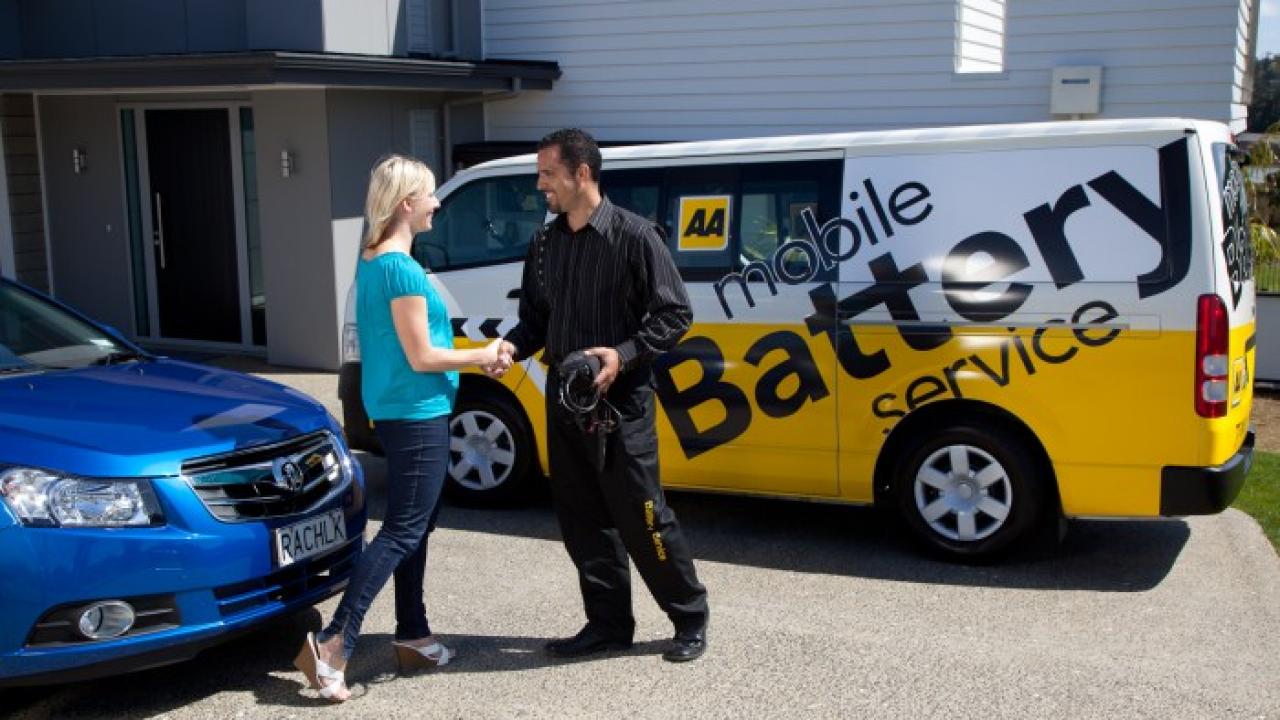Car battery types
We’re often asked about types of car batteries, especially the different types to match different models of cars.
There are many car battery types available. Learn more about these different battery types and what their abbreviations mean.
Battery types
AGM battery
AGM (Absorbed Glass Mat) batteries are becoming more popular with modern vehicles as the demand for higher CCA (cold cranking amps) & RC (reserve charge) increases. AGM batteries are just like flooded lead acid batteries, except their electrolyte is absorbed and held in glass mats, as opposed to freely flooding the plates. There is no excess electrolyte in an AGM, so they are able to operate in any orientation (even upside down!), without ever having to worry about spillage.
All AGM batteries are VRLA (Valve Regulated Lead Acid) in design, and tend to run a slightly higher than atmospheric internal pressure. This pressure is controlled by an inbuilt valve regulator. When installed internally (in the boot or inside the cabin), a vent tube must be connected. Vent tubes must not be kinked in any way, and must vent outside the vehicle.
At AA Battery Service, we’ve introduced the 3884 AGM battery into our range to provide support to a number of vehicles. These new batteries can be identified by their yellow top and grey case. Please be aware that AGM batteries are heavier than a wet battery for the same case size, so care must be taken when lifting and installing them.
Calcium battery
Conventional low-maintenance batteries use grids of lead-antimony which is readily available, inexpensive, easy to cast, and used to produce rechargeable batteries that offer efficiency and low cost. In a calcium battery the antimony is totally substituted with calcium in all plates. This results in double the shelf life and virtually no gassing in the battery, resulting in less maintenance.
Calcium batteries do require a higher charge voltage (nominally 15 volts) to achieve the same level of charge as a normal antimony battery. They also require a periodic equalisation cycle to help maintain optimum operating condition. When installed in a vehicle designed for an antimony battery (i.e. a traditional 12 volt system which charges at 14 volts) the battery will only achieve 85% state of charge.
Advantages
- Higher cold cranking amps (CCA)
- Longer useful life
- Can be 100% maintenance free
- Will accept higher charge rates.
Disadvantages
- Takes longer recharge after being run flat
- Requires a calcium specific charger to restore to 100% state of charge
Deep cycle battery
A deep-cycle battery is a lead-acid battery designed to be regularly deeply discharged, using most of its capacity. In contrast, starter batteries (e.g. most automotive batteries) are designed to deliver short, high current bursts for cranking the engine, and to be frequently discharged of only a very small part of their capacity.
Deep cycle batteries have much thicker plates than a regular automotive battery and are designed to be discharged down as much as 80% time after time. The major difference between a true deep cycle battery and others is that the plates are solid lead plates - not sponge. This gives less surface area and therefore less "instant" power which starting batteries need.
Spiral coil battery
A spiral coil battery is an AGM battery, but with a different construction. Like conventional AGMs, it is a high output battery, and is often found in high performance or off road vehicles that require extra torque for starting. Positive and negative plates are rolled together with a thin layer of absorbed glass mat in between providing more surface area and therefore produce higher current carrying capacity. These batteries are more resistant to excessive vibration, heat and higher charge rates. The spiral battery can have a shelf life up to 18 months without affecting starting ability.
Gel battery
Gelled batteries, or "gel cells" contain acid that has been "gelled" by the addition of silica gel, turning the acid into a solid mass that looks like hard jelly. The advantage of these batteries is that it is impossible to spill acid even if they are broken. The disadvantage is that they must be charged at a slower charge rate to prevent overheating. Excess heat will turn the “gel” into a liquid, damaging the cells. Gel batteries are often found in golf buggies, back up for house alarms and electric toys. There is a caution - gel cell batteries cannot be fast charged on a conventional automotive charger or they may be permanently damaged.

